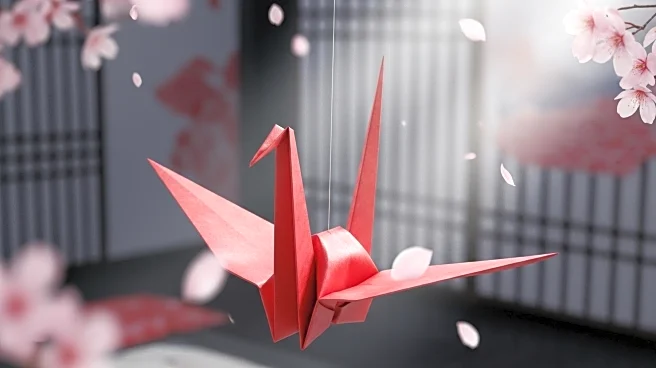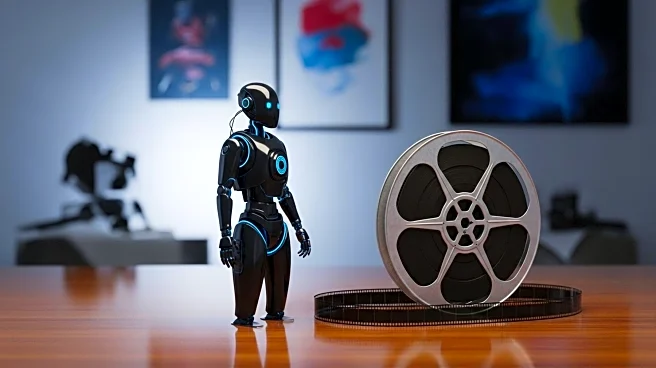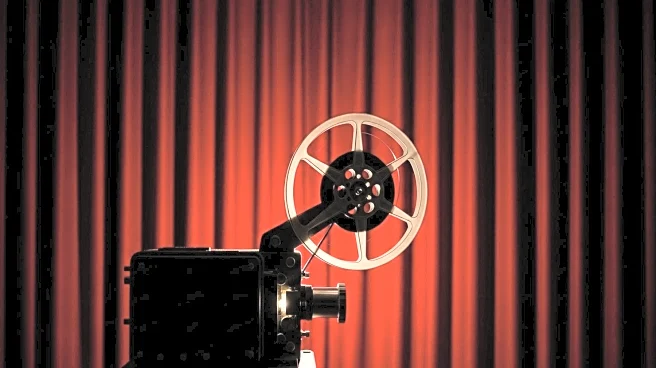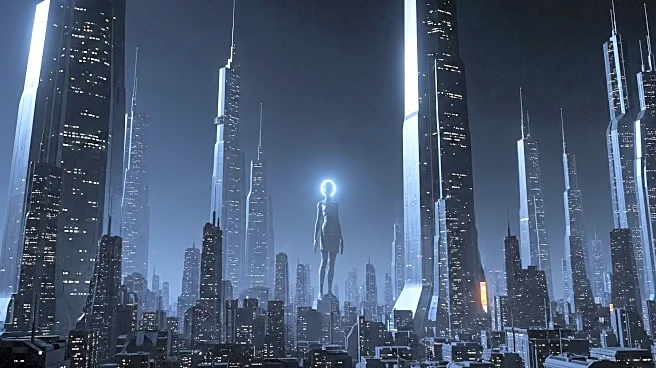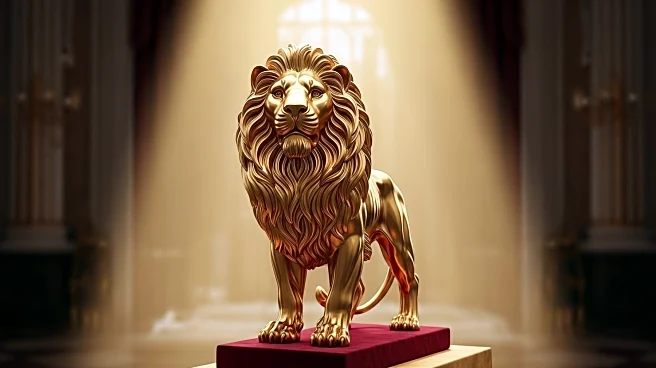What is the story about?
What's Happening?
Mamoru Hosoda, a renowned Japanese filmmaker, is set to release his latest anime feature, 'Scarlet,' which draws inspiration from Western themes such as Shakespearean drama and classic European fantasy. The film, co-financed by Studio Chizu and Sony, will premiere at the Venice Film Festival. 'Scarlet' follows the story of a princess from a Middle Ages society who seeks revenge on her sworn enemy and is transported to a different world. The film explores the intersection of different cultures and time periods, a hallmark of Hosoda's work. The production took four and a half years, featuring a blend of traditional hand-drawn and digital animation techniques.
Why It's Important?
The release of 'Scarlet' signifies a growing trend in the animation industry where cultural boundaries are increasingly blurred. Hosoda's work reflects a fusion of Japanese and Western animation styles, facilitated by the global reach of streaming platforms. This trend allows audiences worldwide to appreciate diverse animation expressions, fostering cross-cultural understanding. The film's themes of revenge and cultural exchange resonate with current global social climates, potentially influencing future storytelling in animation. Hosoda's collaboration with international artists further highlights the interconnectedness of the global animation community.
What's Next?
Following its premiere at the Venice Film Festival, 'Scarlet' is expected to reach a wide international audience, potentially influencing future collaborations between Japanese and Western animation studios. The film's reception may impact Hosoda's future projects and the direction of Studio Chizu. As streaming platforms continue to expand, more cross-cultural projects like 'Scarlet' may emerge, shaping the future of global animation. Industry stakeholders will likely monitor the film's success to gauge audience interest in culturally blended narratives.
Beyond the Headlines
The development of 'Scarlet' reflects broader shifts in the animation industry, where traditional boundaries between regional styles are dissolving. This evolution raises questions about the preservation of cultural identity in animation and the ethical implications of cultural appropriation. As filmmakers like Hosoda navigate these complexities, they contribute to a dialogue on the role of animation in cultural exchange and representation. The film's exploration of revenge and societal instability also prompts reflection on the power of storytelling to address contemporary issues.
AI Generated Content
Do you find this article useful?
